The ultimate Rome neighborhoods guide
When thinking of Rome, the Colosseum, the Spanish Steps and the Pantheon come to mind. But there’s so much more to Rome than just its most popular sites. The Eternal City is filled with eclectic neighbourhoods, from alternative quarters to trendy districts, each with a distinct personality. Here’s our guide to the coolest neighborhoods and districts in Rome, and the best things to do in each!
The Centro Storico
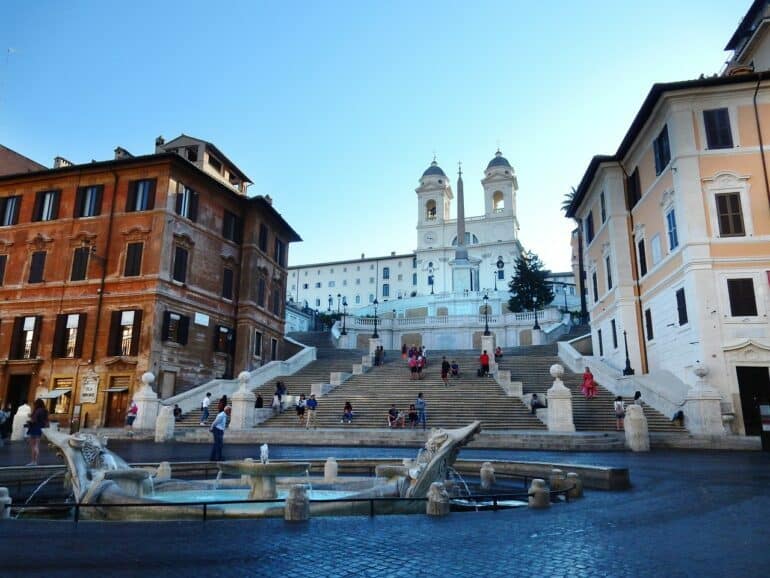
Every city has its historic center, but none can compare to Rome’s. Walking through the beloved centro storico is unlike any other stroll. You’re walking distance from some of the most important sites in Rome, including the Pantheon, the Trevi Fountain and the Spanish Steps. Not to mention the abundant shopping options, too.
The tridente begins in Piazza del Popolo, and is formed by Via di Ripetta, Via del Corso, and Via del Babuino, which parallel each other into resembling Poseidon’s sidekick. Roaming through the cobblestone streets with a monument on every corner is an adventure that cannot easily be compared to any other. There’s also some excellent restaurants and bars you can’t miss out on. And for a relaxing break, head to Villa Borghese.
Campo de’ Fiori
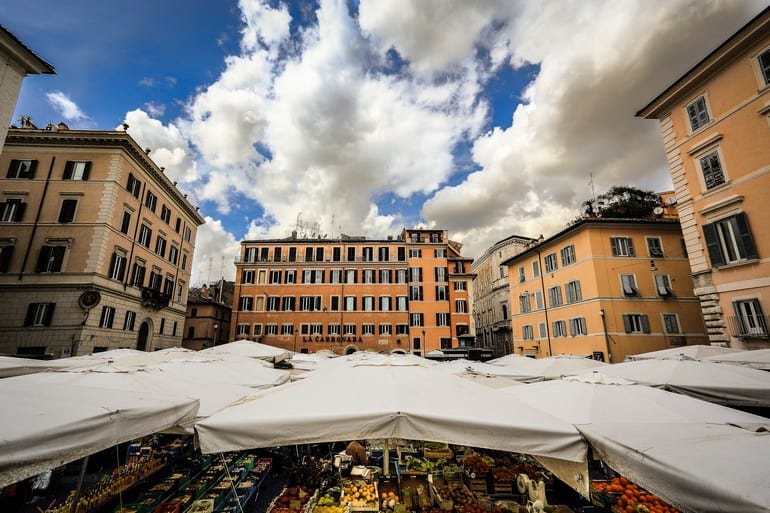
Important churches accompany most of the piazzas in Rome. Piazza Campo de’ Fiori, however, stands out as a churchless piazza, historically based around trade and commerce instead. Its lack of a religious structure is reinforced by the looming statue of Giordano Bruno at its center. Nowadays, Campo de’ Fiori is a lively hub for socializing and shopping.
During the day, the piazza is home to one of Rome’s many food markets. In the evenings, it transforms, attracting tourists and university students for its restaurants and bars. Many medieval streets now lined with artisan shops and bars spider out from Campo in different directions. Among these, be sure to visit Via dei Cappellari, Via dei Chiavari and Via dei Giubbonari.
The Jewish Quarter
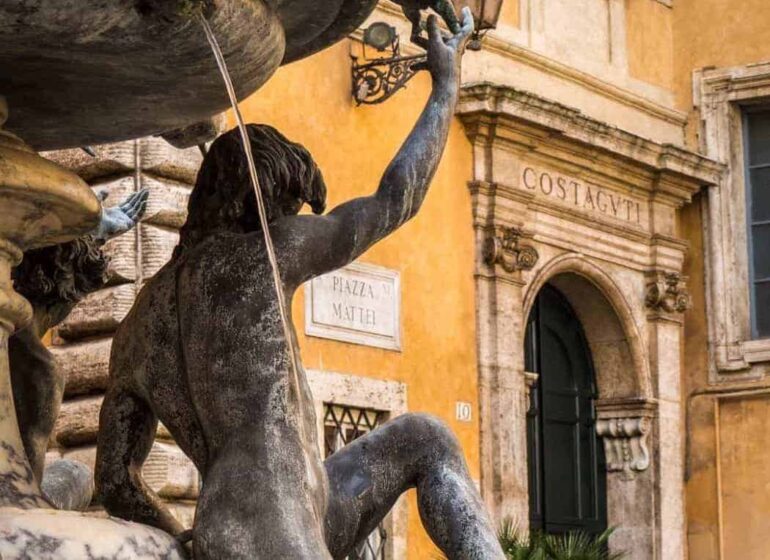
The Jewish Ghetto is a hip central quarter where boutique stores and kosher restaurants sit alongside picturesque historic buildings belying an enticing and rich history of the Jews in Rome. But their history in Rome is also much darker than many might realize. Denied the right to live where they pleased in Rome, Jewish people were sent to the smelly and flooded fish market where the fashionable Jewish Quarter now stands by Pope Paul IV in the 16th century.
Churches were built on every corner affecting a physical and religious barrier. As a result of being unable to partake in trades such as art making or metal casting, the Jewish community started money lending. Today, a large percent of the shops in Rome are owned by Jewish Romans, and the Jewish Ghetto is one of the most vibrant and beautiful areas of Rome.
Trastevere
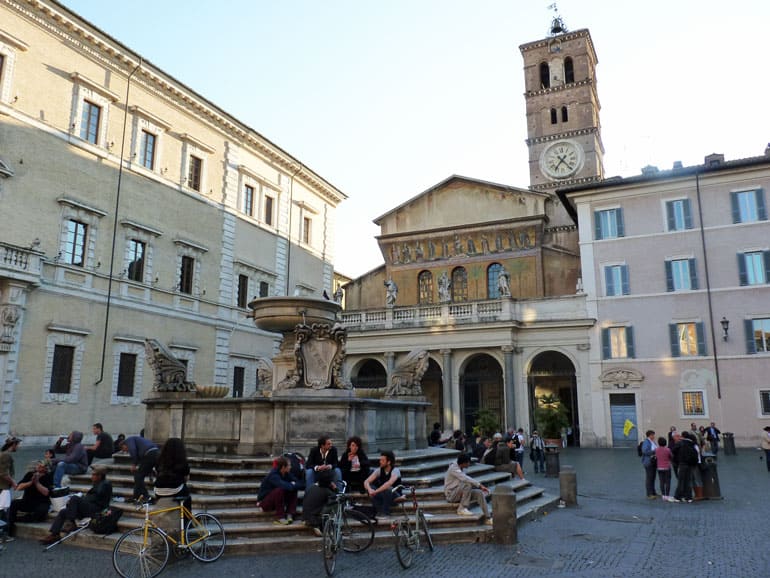
Often lauded as one of the best neighbourhoods in Rome, Trastevere has continued to attract both tourists and locals alike. From above, its myriad of cobbled streets and intricate piazzas form a detailed map of stories, like the lines formed on a grandmother’s hands. Look a little closer, and visitors will soon find that this characteristic neighbourhood is brimming with a unique mix of bars, restaurants, and sights certain to appeal.
Wedged between the Tiber river, the Vatican, and Janiculum Hill, Trastevere truly is in the thick of it all! Split into two distinct sides of Viale Trastevere, visitors can find their ideal patch of splendour. On the Santa Maria in Trastevere side, tourists and international students mingle in and out of well-priced pubs and tavernas. On the other side of Viale Trastevere, to the south, a genuine Roman spirit breathes amidst cobbled streets and traditional osterie.
Monti
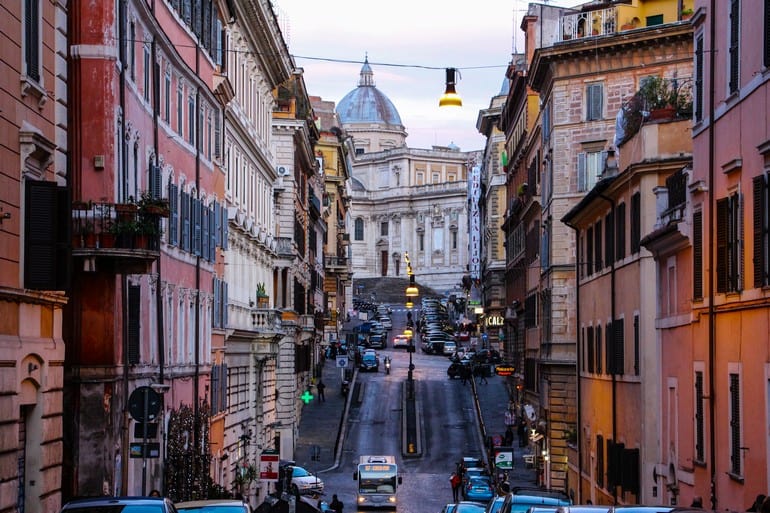
Rione Monti, Rome’s first ward, the neighbourhood for the cool and young, the old and vintage. For those who want a serving of cobblestones, antiques and artisans, with a side order of beauty, great restaurants and the best bars in Rome. Centrally located between Piazza Venezia and the Colosseum, this is The place to spend the afternoon peeking into vintage stores, paging through old books, grabbing coffee in Rome’s chicest cafes, chatting over aperitivo, and people watching at the fountain in Piazza della Madonna dei Monti.
A tiny quartiere, it’s a haven between the tourist traps of Via Nazionale and Via Cavour, and much more Roman than the more popular districts like Campo de’ Fiori and Piazza Navona. This is working-class Rome, where older couples maintain tradition, even as young entrepreneurs open trendy galleries. Its cool factor, charm, and village atmosphere make it a favorite hangout for locals and expats.
Prati
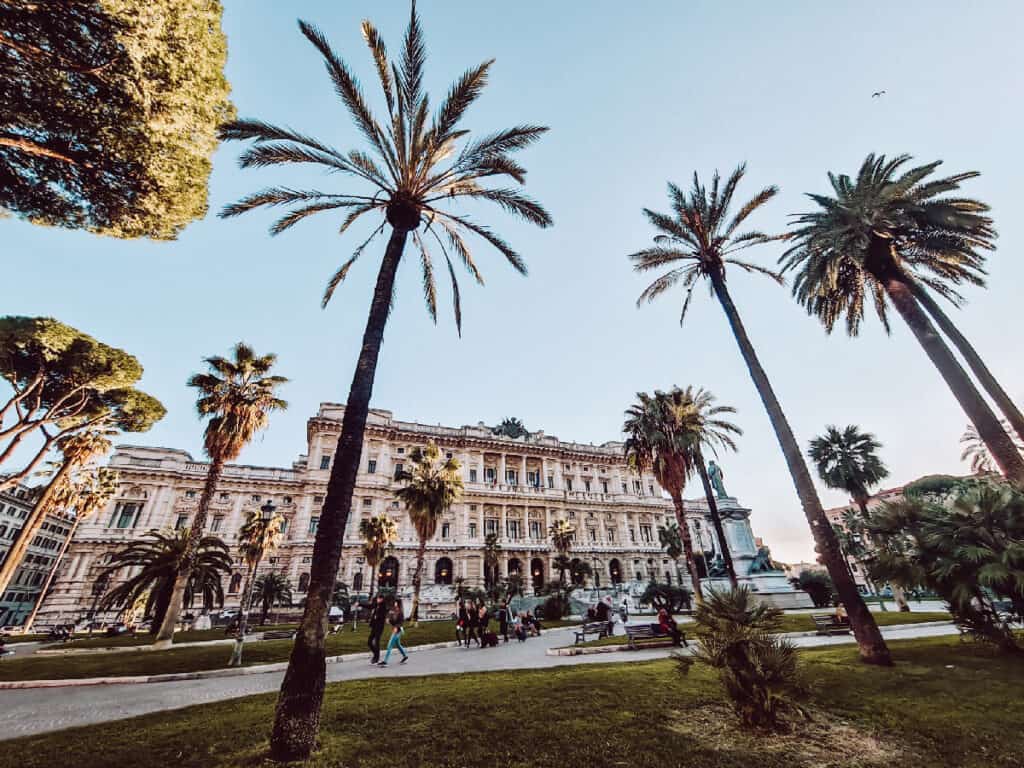
Known for its wide, sweeping avenues, elegant buildings, and modern European charm, Prati has a distinct personality and a style reminiscent more of a quartier in Paris than a former marshland in Rome. Its convenient location (above the Vatican and across the Tiber), high-end shopping streets and cool restaurants make it Rome’s best-kept secret. During the day, Prati serves as the fast-paced stomping ground for business-oriented professionals.
But when the sun goes down and the workweek comes to a close, businesses pump the breaks and the social scene comes alive. Wine bars, live music venues and international and classic Roman restaurants are spread throughout the neighbourhood and are mostly frequented by local Italians. The neighbourhood’s major attraction; however, is the extensive shopping street devoid of tourists, Cola di Rienzo, lined with many high-end and affordable shops.
Borgo
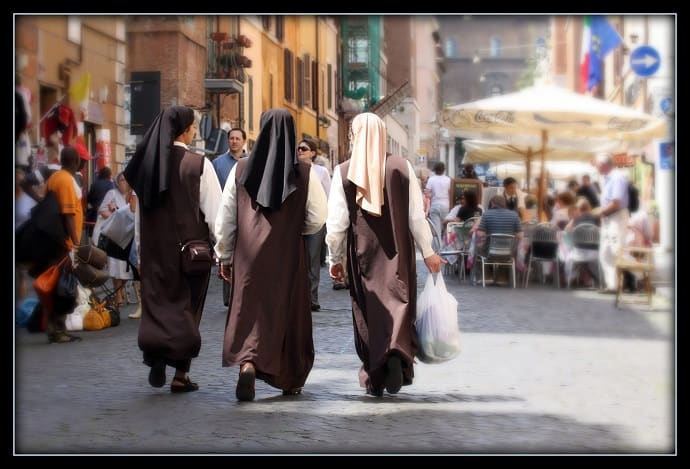
Borgo is Rome’s 14th neighbourhood. The area’s cobblestone streets are laden with history and have been home to Pope Benedict XVI, world famous artist Raphael, the great Michelangelo Buonarroti, and countless others. The three main streets, or “borghi”, were named by Pope Pius IV in 1565. Borgo Pio (after himself), Borgo Angelico (after his birth name “Angelo”), and Borgo Vittorio (after the victory over Lepanto).
Nowadays, thanks to its proximity to the Vatican Museums, this area is often graced with the presence of Cardinals, Swiss Guards, and even Pope Francis from time to time! This lively, little zone is nestled between Prati, Trastevere, and Vatican City, of course. The most evident border is marked by a tall, medieval wall.
Monteverde
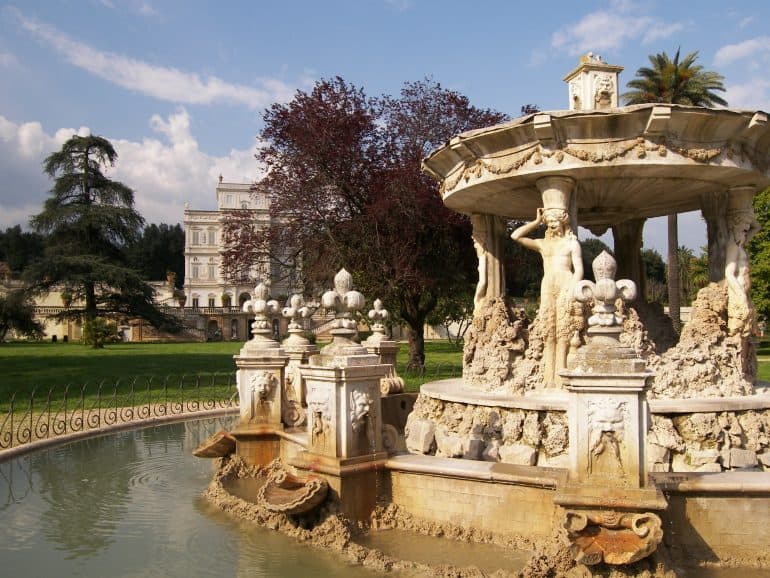
Monteverde is an escape, a retreat, a place to recharge while hiding from the noise and hustle of the city below; its shaded streets and slower pace in exchange for a sweaty walk up the Gianicolo hill. A fifteen-minute tram ride from Piazza Venezia, Monteverde begins where Trastevere ends and stretches West across the city, past Villa Doria Pamphili. In this self-contained village, commerce is based more on nurturing relationships than exploiting tourists.
Free-standing homes and former palazzos alternate with opulent apartment buildings, forging the neighborhood’s image: upscale, traditional, charming. Walk along the stone path on top of the Gianicolo near Piazza Garibaldi for a panoramic view of the city until you come to the Fontana dell’Acqua Paola, the stone building that gushes water into a cerulean pool. If you’re there around noon, listen for the daily cannon shot that commemorates the unification of Rome.
Testaccio
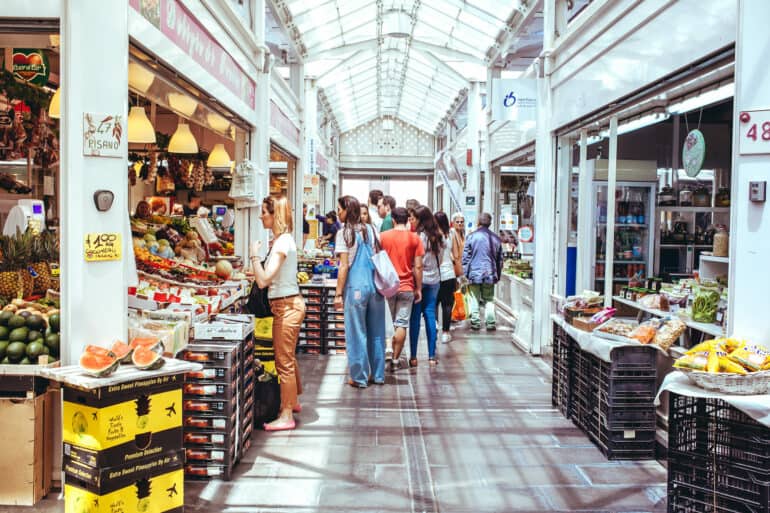
Testaccio may not be Rome’s prettiest neighbourhood, but its rich history more than makes up for it. In antiquity, the district was home to the Emporium port, where the bulk of the Romans’ food supply funneled into the city. Olive oil, grains, and other essential foodstuffs arrived in terracotta vessels called amphorae, and once emptied were disposed of in an outdoor dumpsite. The ancient Monte dei Cocci, or Monte Testaccio hill, composed of around 53 million broken amphorae, still looms today.
Centuries later, Testaccio housed Europe’s biggest abattoir, giving rise to rustic, Roman dishes like trippa alla romana and oxtail stew. It was in this neighbourhood that the city’s beloved team, AS Roma, had their first football pitch, and where rowdy locals still gather to take in a match. Nowadays, Testaccio is hailed as a bastion of Roman culinary excellence, home to some of the Capital’s best eateries (including the amazing Testaccio food market).
Ostiense
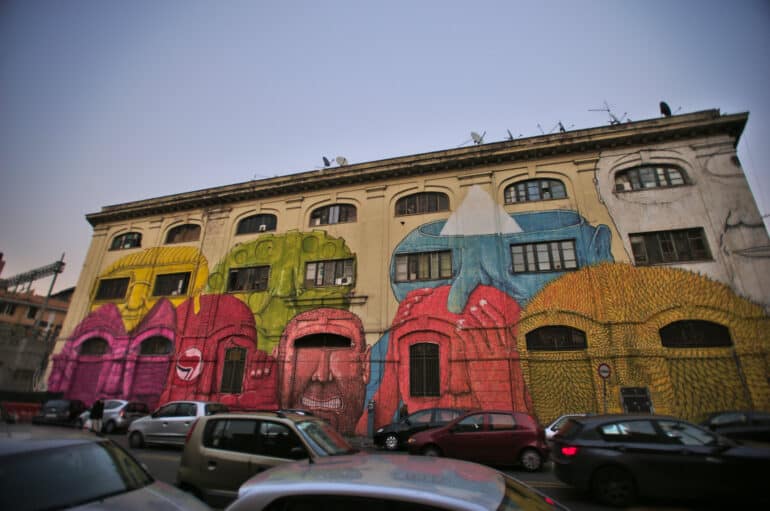
Vibrant, colorful and eclectic, the once up-and-coming Ostiense district is now in full bloom. Crossed by the historical Via Ostiense (built in Roman times to link the capital with the strategic harbor of Ostia), Ostiense borders the popular working-class areas of Garbatella and Testaccio, two authentic strongholds of A.S. Roma fans.
New life has begun to bloom over the last couple of years, thanks to the many fresh restaurants, bars and pubs opening in the area. Although more vibrant post-sunset, Ostiense also makes a very unique destination for a daytime walk. Ostiense is one of the best districts in Rome in terms of street art, with the best works to be found along Via del Porto Fluviale, Via dei Magazzini Generali, and under the railway bridge between Via della Stazione Ostiense and Via Pellegrino Matteucci.
Garbatella

Boasting otherworldly architecture, authentic local cuisine and lively laid-back nightlife, Garbatella is a neighbourhood that attracts the locals. The area was a development plan for working class families in the 1920’s copying the British ‘Garden City’ by Ebenezer Howard, a utopian ideal where residents live in harmony with nature.
Small detached apartment blocks huddle around inner common courtyards with green cultivable spaces. Legend has it the name came from a kind innkeeper known as Carlotta who fed construction workers, which led to the shortening of Garbata Ostella meaning ‘well-liked hostel’ to Garbatella. From eclectic buildings to yummy food, prepare to get a taste of one of the coolest neighbourhoods of Rome.
Aventine
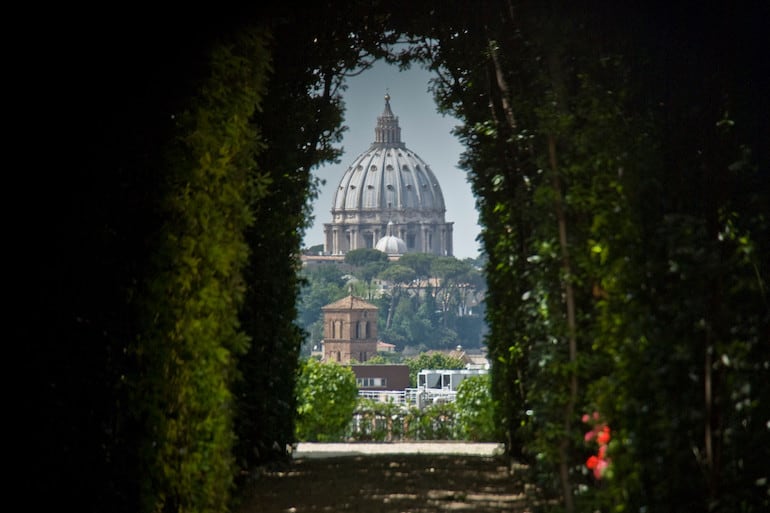
Located on the southernmost of Rome’s seven hills, the Aventine neighbourhood offers an escape from the commotion of the city center whilst still hosting an array of historical sites and presenting a wealth of wining and dining opportunities. Hailing from an ancient status of a ‘Sacred Mount’, the Aventine hill has seen the construction of some of the earliest Christian churches and today is a popular and elegant residential area, bursting with stylish villas and sophisticated shady gardens.
If you’re looking to go beyond the usual sightseeing parameters then Aventino is a perfect opportunity to flee the torrent of tourists invading the centre. From the lesser-known churches to the diverse gastronomy, a day spent in this quieter quarter will have you feeling like a bona fide local.
EUR
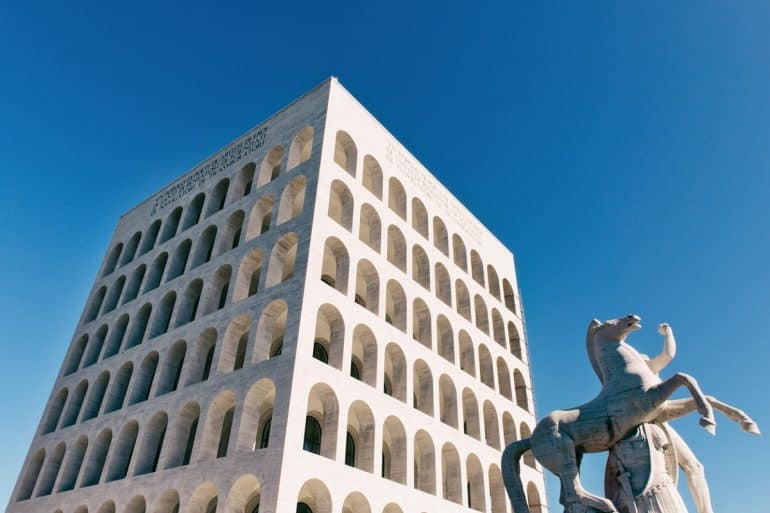
Although a bit off-the-beaten-path in terms of typical tourist places, Rome’s EUR neighbourhood is a remarkable and fascinating area. In the heyday of Mussolini and the Fascist regime, the big thinking leader wanted to create a new site for ‘modern Rome’ to prosper from, and he chose this spot for it’s proximity to the sea ports (Ostia).
Rome was awarded the honor of hosting the World’s Fair in 1941, but Mussolini moved the date to 1942 to coincide with the 20 year anniversary of Fascist power in Italy. The district is named after this event, Universal Exhibition or Esposizione Universale Roma. Marcello Piacentini was nominated as master architect of the region in the late 1920’s, and he developed plans for long-standing sites throughout the area as well as temporary pavilions especially for the fair.
Ponte Milvio

Located in Northern Rome, the first thing you will likely notice about Ponte Milvio is how local it is. Unlike the city center, you will rarely hear English spoken here, as this tucked away neighbourhood is the go-to place for Romans to hang out, grab a drink, and to soak up the weekend. The nightlife here has plenty to offer, with a wide variety of restaurants and bars to choose from.
Ponte Milvio, the actual bridge itself, is one of Rome’s oldest bridges, where you’ll find symbols of love along the bridge including several padlocks fastened along the lampposts (which emerged from the novel Ho Voglia di Te, written by Federico Moccia). The classic Roman atmosphere and the views across one of Rome’s oldest bridges are enough to warrant the trek north of the city center.
Flaminio
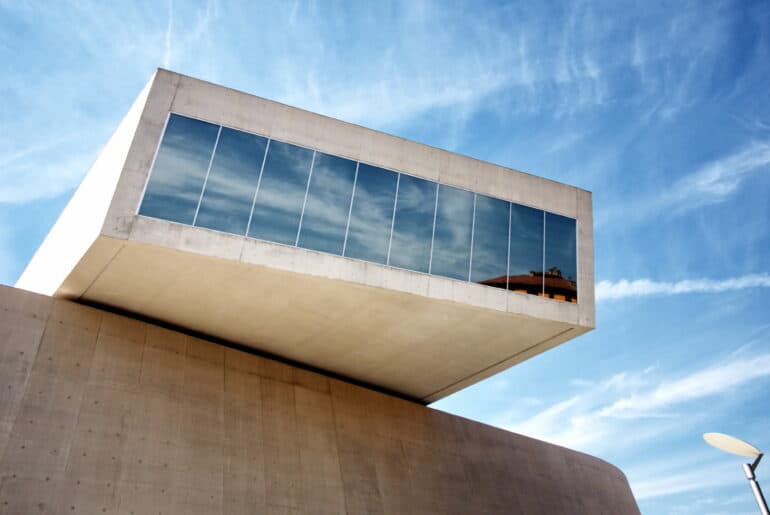
Just north of the city center, the Flaminio neighbourhood is easily accessible by public transportation and has something fun for everyone! Take a walk through Flaminio to discover a different side of Rome: from the contemporary MAXXI museum designed by the late Zaha Hadid, to Renzo Piano’s Auditorium Parco della Musica where you can attend performances and concerts, there’s quite a bit to do in the area.
The most recent addition to this neighbourhood is the Ponte della Musica Bridge, which connects the Foro Italico Stadium to the Guido Reni district. Many local shops and a few great restaurants and bars can also be found in Flaminio–it’s the perfect neighbourhood to venture away form the historic center for the day.
Parioli
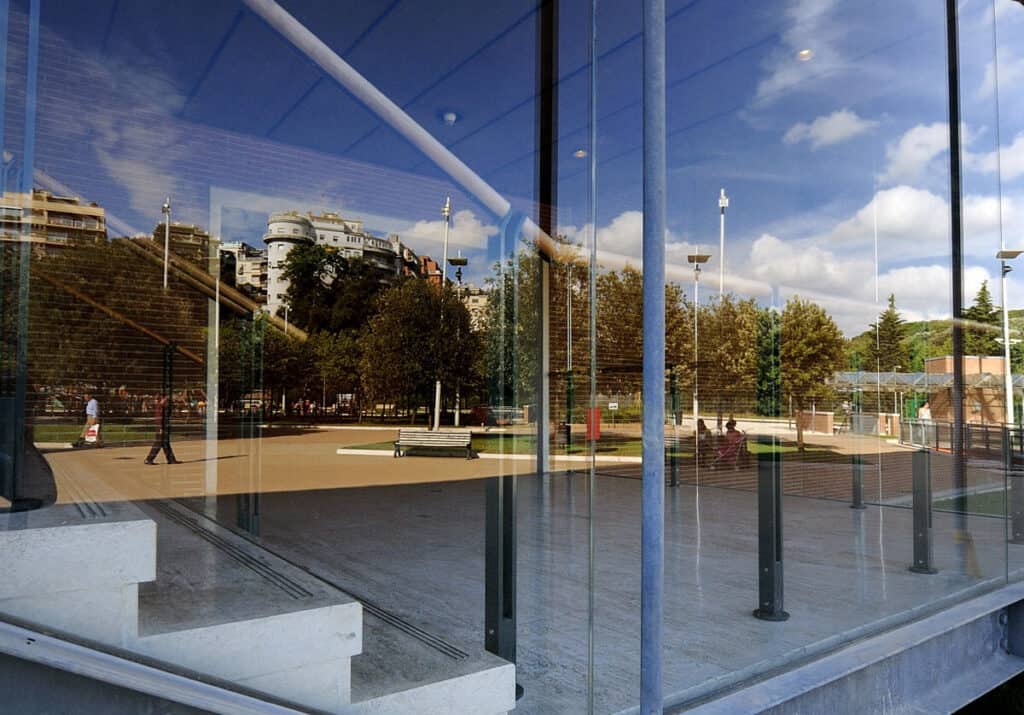
Sandwiched amongst a curve in the river Tiber and edged by Villa Borghese, Rome’s Parioli quarter has been associated with Rome’s elite since its birth in the early 20th century. Its citizens, endearingly labeled ’Pariolini’ by fellow Romans, are known to exude glamour and elegance. With its towering palazzi and tree-lined streets, it is easy to understand why this area impresses. Nevertheless, there is a lot more to this relatively unexplored suburb than meets the eye. Take Parco di Villa Ada for example. As one of Rome’s biggest parks, it is a popular location for Pariolini to exercise and relax. Or Auditorium Parco Della Musica, where some of Rome’s biggest events and shows are held. However, it is Viale dei Parioli that is the real unsung asset of the block.
This bustling main road that cuts through the center of Parioli has become adorned with eateries and cocktail bars to soak up much-needed leisure time. Its food scene borders on traditional and innovative, whilst its lively cocktail bars are rich in flavor and choice. When walking through this zone, make sure to ask one of the boutique store owners or university students where their favorite place to feast is. It will not disappoint.
Pigneto
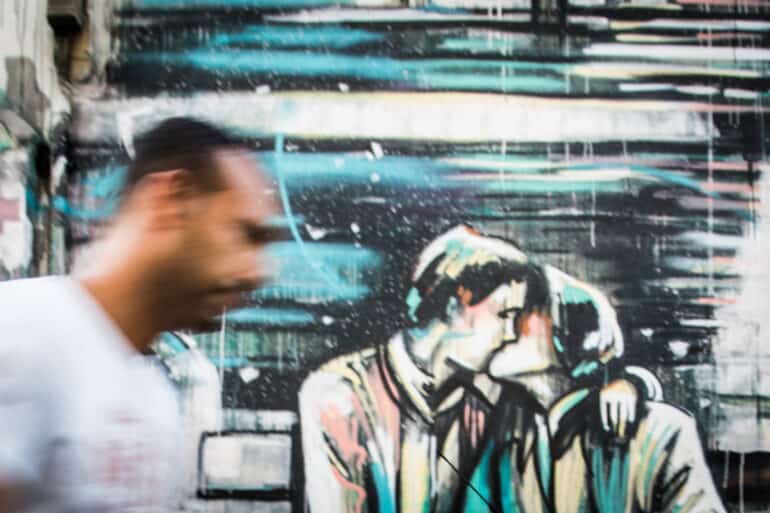
Once a popular and neglected neighbourhood, home to racketeering, feared by the “Roma bene”, and yet beloved by the famous Italian writer and director Pierpaolo Pasolini, “Il Pigneto” has become the gentrified jewel in the crown of the alternative Roman scene after an intense process of urban regeneration. The neighbourhood’s name literally translates to “the pinewood”, pointing to the rows of tall pines that once surrounded Villa Serventi, a historical villa in the area.
The architectural diversity, the alternative shops, vintage stores, diverse bars and restaurants give a new, different feel to the city as a whole. And the population of this neighbourhood is incredibly diverse, too–from Pigneto’s historical inhabitants, to young University students and immigrants.
San Lorenzo
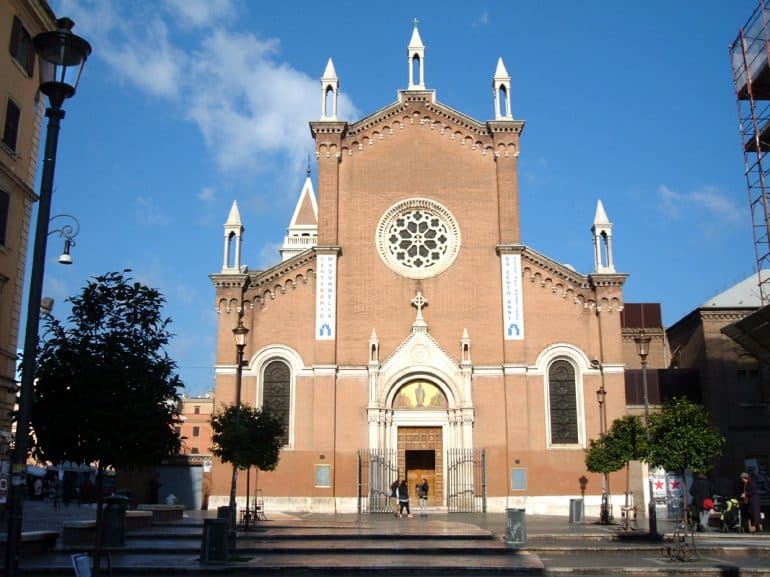
It’s safe to say that the average tourist doesn’t make it to the San Lorenzo neighbourhood. Things aren’t exactly well-marked, and if you aren’t familiar with Tram 3 you might never make it to the heart of this lively quarter. But, as any true Eternal City explorer knows, that doesn’t mean it should be skipped.
Originally a working class neighbourhood that was bombed heavily during World War II, the area rebuilt itself quickly and has become a lively spot and cultural hub for emerging artists and students from La Sapienza university. The neighbourhood feels like a mix of Berlin and Naples, where artistic rebirth and youthful energy flow out onto the streets for locals and visitors to enjoy endless nights of good food and company.
Esquilino
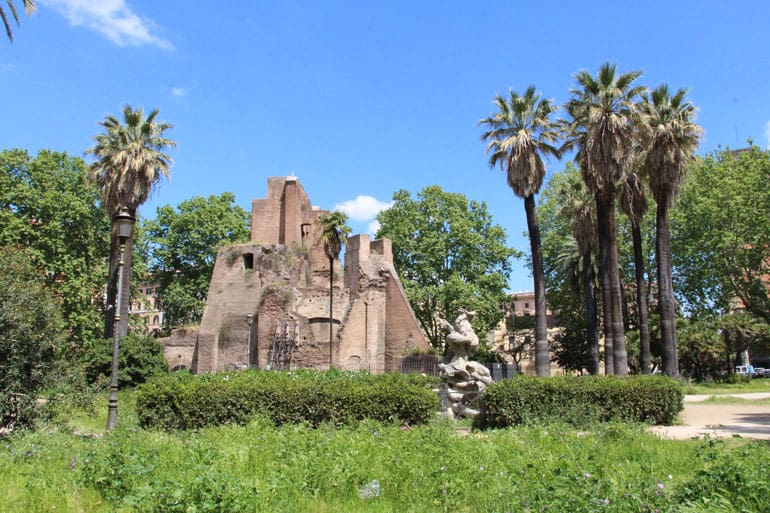
The Esquilino neighbourhood of Rome, just south of Termini station, is known for many things. What stands out the most is the rich culture and diversity of people that can be seen on a daily basis walking through its streets. Its large selection of multi-ethnic dining options, food markets, public transit, and historical and shopping sites make it a part of Rome tourists shouldn’t overlook.
This central neighbourhood bordered by Monti, Pigneto, and San Giovanni, to name a few, is a central mark in Rome, just walking distance from the city center. The plethora of churches, streets, and squares within Esquilino itself is enough to keep one busy and those that work this neighbourhood’s shops and restaurants keep visitors entertained days on end.
Discover our selection of the best
Rome’s Tours & Local Experiences
VISIT OUR MARKETPLACE





